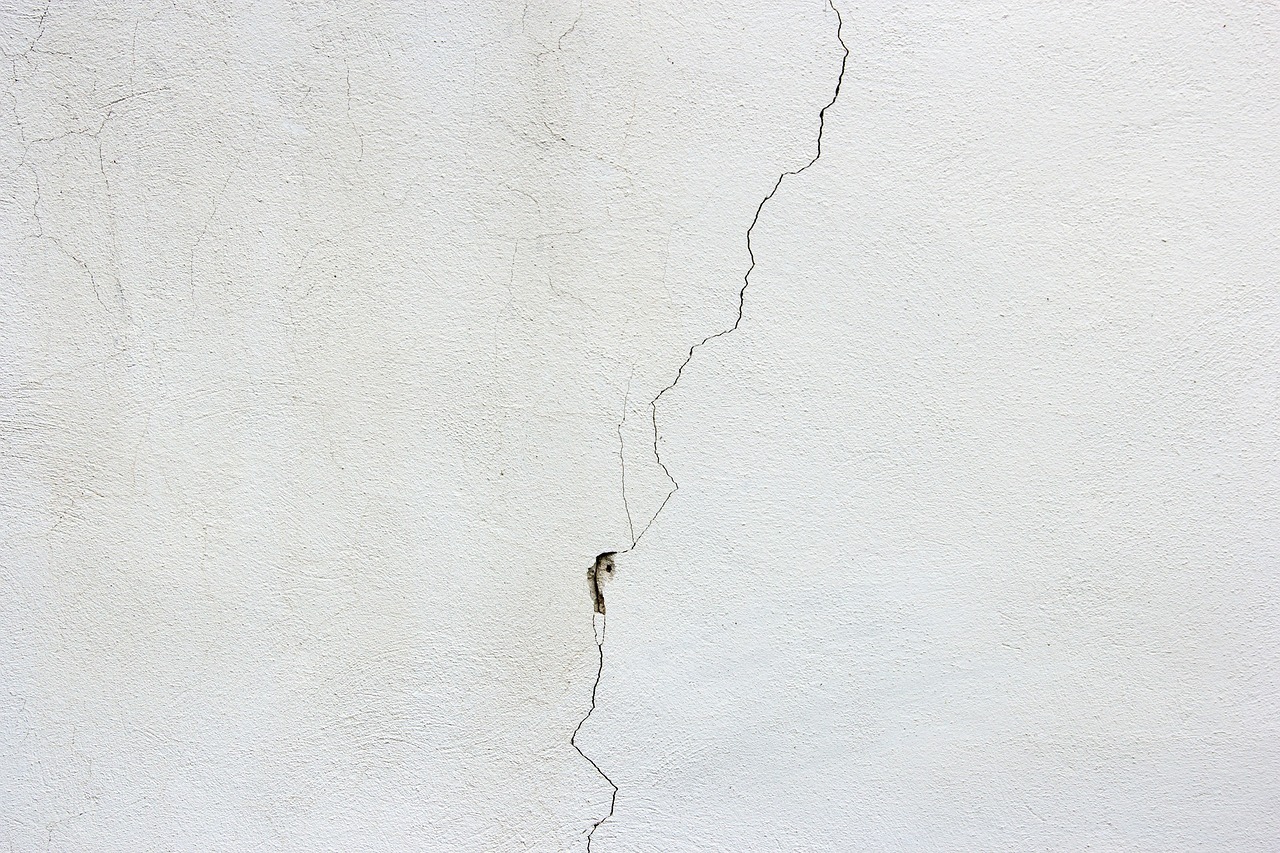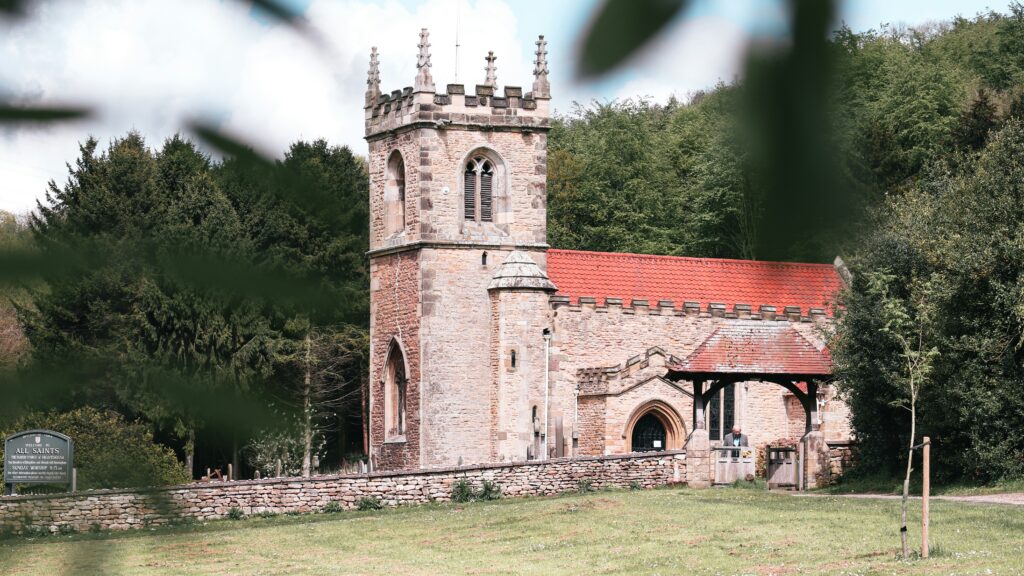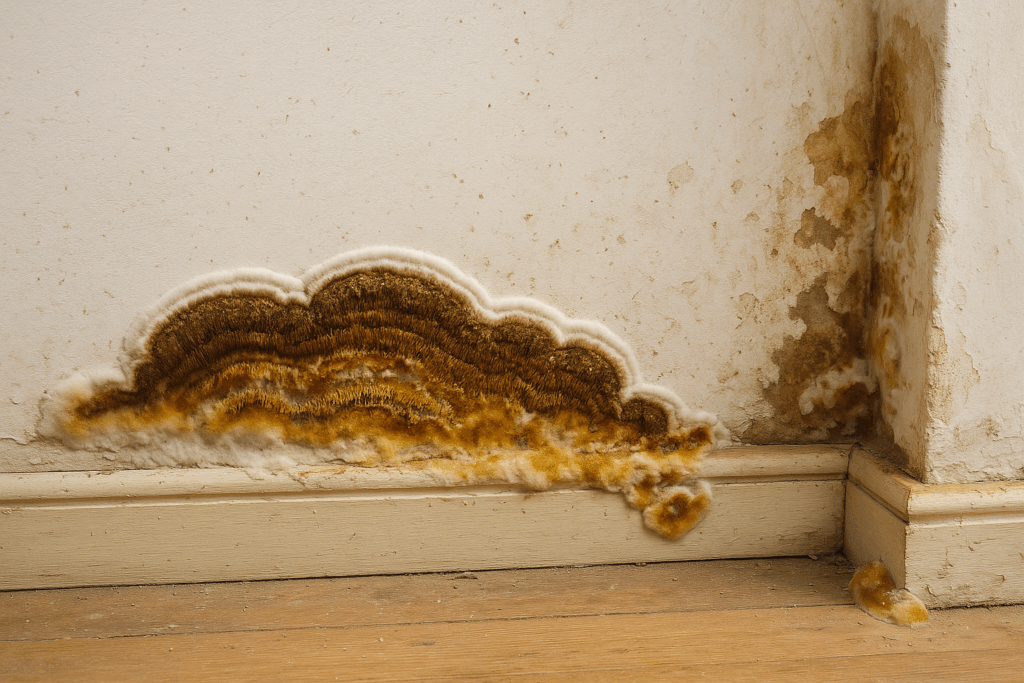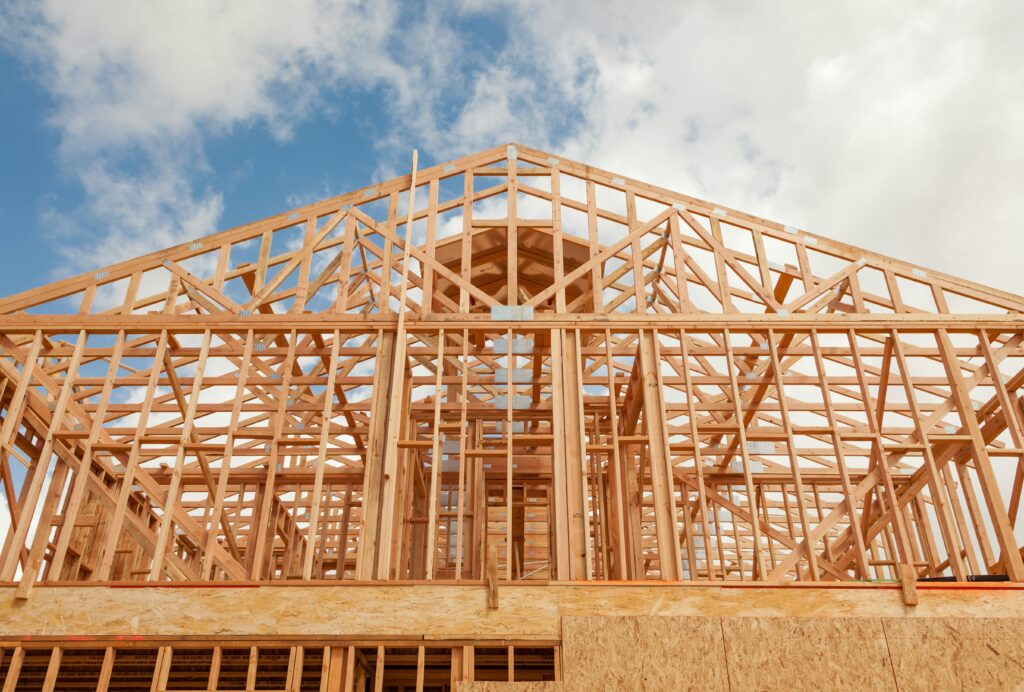
How Much Does Subsidence Devalue A Property?
Selling a house with subsidence can feel overwhelming, especially if you’re unsure how much value it might knock off your property, whether buyers will be interested, or how to navigate the legal and insurance implications. In this guide, we break down what subsidence means, what causes it, how it affects your ability to sell, and how to get the best outcome if your home has a history of structural movement.
What is subsidence?
Subsidence refers to the downward movement of a building’s foundations due to changes in the ground beneath it. It often presents as cracks in walls or floors, misaligned doors and windows, or sloping floors. These issues may look minor at first, but they can signal serious underlying problems.
For homeowners wondering, “will subsidence devalue my house?” The answer is often yes, depending on severity. Buyers tend to approach these properties with caution due to the perceived risks.
What causes a property to suffer from subsidence?
Several environmental and structural factors can lead to subsidence in property:
- Clay soil shrinkage: Clay-based soils expand and contract with moisture. In hot weather, they shrink, causing foundations to shift.
- Tree roots and vegetation: Large trees can absorb substantial amounts of moisture, drying out surrounding soil and weakening support.
- Broken drains and pipes: Leaks can wash away or soften the soil, creating voids beneath the property.
- Previous mining activity: Old mine shafts or tunnels beneath properties can collapse, causing the land to sink.
- Poor construction methods: Buildings constructed with low-quality materials or poor foundations may be less equipped to withstand movement.
Consult a structural engineer or qualified surveyor as soon as you notice any signs of subsidence. Early diagnosis and remedial work can help to prevent further damage and preserve the value of your property.
How much does subsidence devalue a property?
The impact can vary considerably. On average, a home affected by subsidence may be devalued by 10% to 20%, although this figure could be higher in severe or ongoing cases.
Does subsidence devalue property permanently? The answer depends on how well the issue was addressed and documented.
Factors that influence how much value is lost include:
- The extent of the damage
- The success of remedial work
- The current structural stability of the property
- The availability of insurance
- Buyer perception and local market conditions
How much does historical subsidence devalue a property?
Even with professional repairs and stability, properties with a history of subsidence may still suffer from reduced market value due to buyer hesitation and insurance complications.
Clear documentation, such as structural engineer reports, underpinning certification, and repair receipts, is critical for reassuring buyers and maintaining marketability.
Can you sell a house with subsidence?
Yes, you can sell a house with subsidence, but it requires extra preparation and transparency. Legally, sellers must disclose any known history of subsidence. Doing so not only avoids future disputes but also helps build trust with potential buyers.
Be prepared to:
- Share surveyor reports and evidence of repairs
- Be upfront about ongoing monitoring or maintenance
- Offer buyers additional legal or insurance support
Challenges when selling a property with subsidence
1. Financial implications and lower offers
Buyers tend to approach properties with structural issues cautiously. The risk of future repairs, reduced resale value, or ongoing costs may lead them to submit below-market offers. For sellers thinking, “will subsidence devalue my house beyond repair?” Fortunately, the answer is usually no, but it can still influence how much buyers are willing to pay.
2. Insurance barriers
Properties with a history of subsidence may be more difficult or expensive to insure. Insurers may:
- Increase premiums and excesses
- Refuse coverage unless remedial work is completed
- Exclude future subsidence from cover
This impacts both the current owner and future buyers, especially if a mortgage provider insists on comprehensive insurance.
3. Survey and legal complexities
Standard property surveys are often insufficient for homes with subsidence. Buyers will likely require:
- Full structural surveys
- Geotechnical or soil analysis
- Legal reviews around liability and disclosure
This adds extra cost and extends the buying process, which may deter some buyers altogether.
4. Ongoing monitoring and maintenance
Even after remedial work, some homes require continued vigilance:
- Regular inspections for new cracks or movement
- Drainage system checks
- Tree root management
These responsibilities can discourage less experienced or first-time buyers.
5. Negative impact on future saleability
Even once resolved, subsidence history sticks with a property. This can:
- Narrow your pool of potential buyers
- Make buyers wary of future issues
- Suppress the resale price
6. Emotional and psychological toll
From dealing with building works to the anxiety around possible future movement, subsidence issues can affect quality of life and peace of mind. Sellers must be honest not only about repairs but also about ongoing mental and financial strain.
Should you buy a house with subsidence?
Purchasing a property with subsidence can be both an opportunity (often priced lower than comparable homes) and a risk. Here’s what to weigh up:
- Ongoing repair and maintenance costs
- Difficulty securing insurance and finance
- Impact on resale value
- The possibility of further movement
- Mortgage issues, as many lenders won’t approve loans for subsidence homes
For buyers with access to cash or specialist financing and a willingness to tackle the risks, subsidence properties can still be a viable purchase. But due diligence is essential.
How Sell House Fast helps you sell a home with subsidence
We buy any house – even with structural issues
If you’re looking to sell a house fast and it has subsidence problems, Sell House Fast can help. As cash house buyers, we purchase homes in any condition, including those with complex structural or legal issues.
Accurate, transparent valuations
With decades of experience in the UK housing market, we provide fair, free, no-obligation valuations – so you know exactly how much your property is worth, even with subsidence.
Speed, flexibility, and no hidden fees
Avoid the hassle of lengthy chains, estate agents, or expensive repair work. We offer:
- Fast sales
- No commissions or hidden costs
- Flexibility tailored to your situation (including tenants or probate)
Whether you’re relocating, facing financial difficulties, or simply want to offload a high-maintenance property, we offer a straightforward solution.


